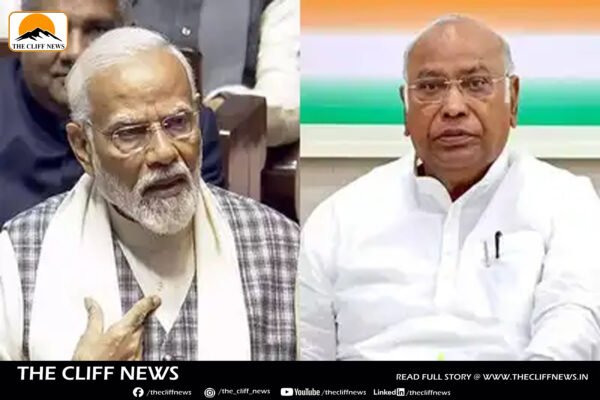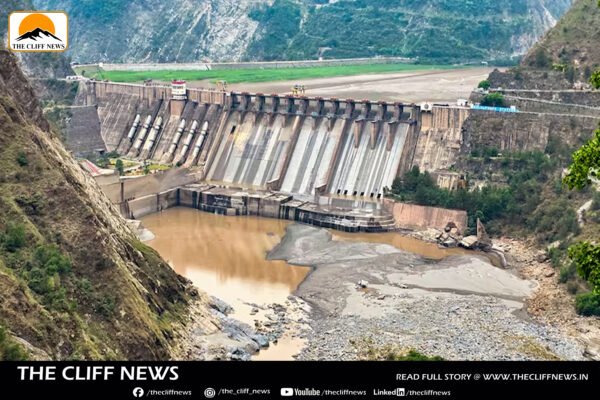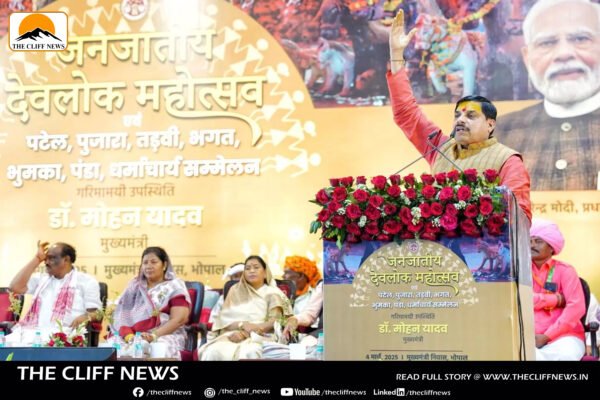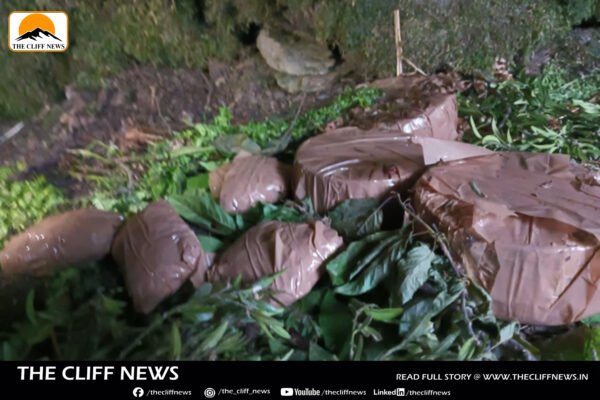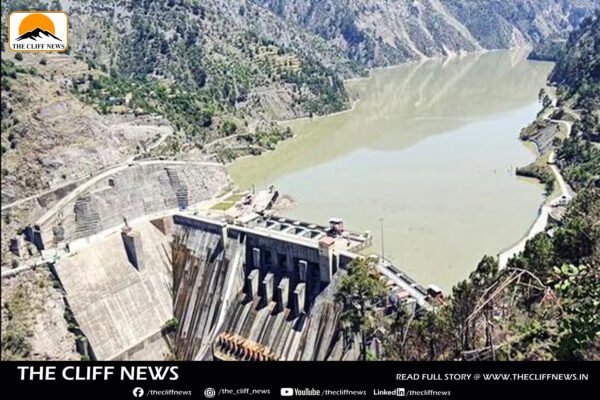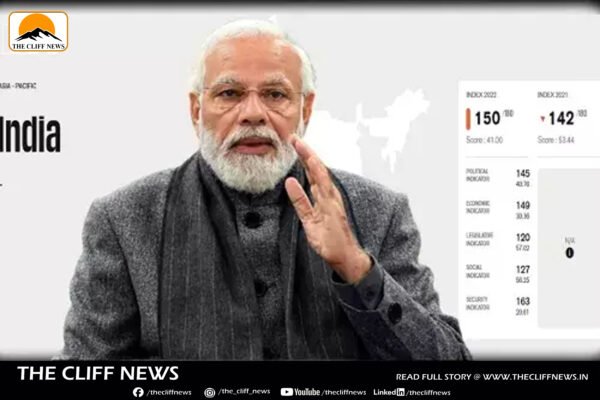Kharge Urges Modi to Adopt ‘Telangana Model’ for Caste Census, Pushes for Reservation Reforms
Congress president Mallikarjun Kharge has written to Prime Minister Narendra Modi with key suggestions for implementing the recently announced nationwide caste enumeration, which is set to be included in the upcoming national census. In a letter shared on social media, Kharge outlined three major demands: 1. Adopt the ‘Telangana Model’ Kharge called for the caste census questionnaire to be modeled on the Telangana caste survey, which was conducted under the Congress-led state government and published in February 2025. The survey is considered one of the most exhaustive state-level caste enumerations, capturing detailed socio-economic and demographic data. 2. Amend Constitution to Remove 50% Reservation Cap He urged the Centre to bring in a constitutional amendment that would eliminate the 50% cap on reservations, calling it “forcibly imposed.” This move, he said, should be independent of the caste survey results, allowing greater flexibility in addressing social inequities. 3. Implement Article 15(5) in Private Education Kharge pressed for the immediate implementation of Article 15(5) of the Constitution, which allows for reservations for SCs, STs, and OBCs in private unaided educational institutions, a clause that has not been fully operationalized nationwide. Emphasizing Unity, Not Division Kharge rejected claims that caste enumeration is “divisive,” asserting that it is a tool to deliver justice and rights to the backward and marginalized communities. He noted that India stood united in the face of adversity, such as the recent terrorist attack in Pahalgam, and said similar solidarity must be shown for social justice efforts. Call for Political Dialogue The Congress chief concluded by urging PM Modi to convene a dialogue with all political parties on the caste census. He stressed that the census should be conducted in a comprehensive manner, in line with the party’s recommendations, to uphold the constitutional promise of equality and opportunity.
